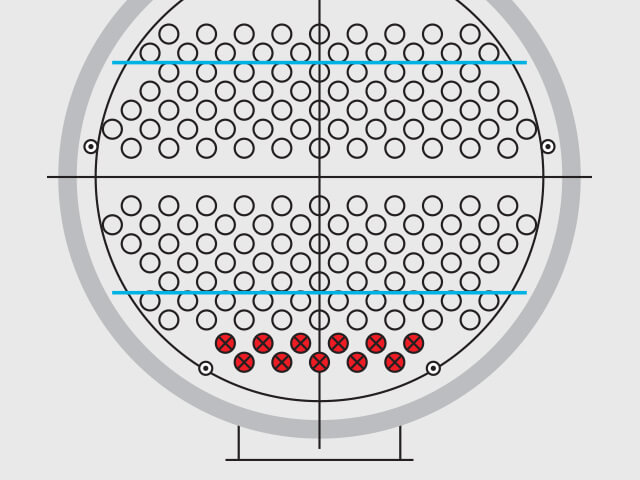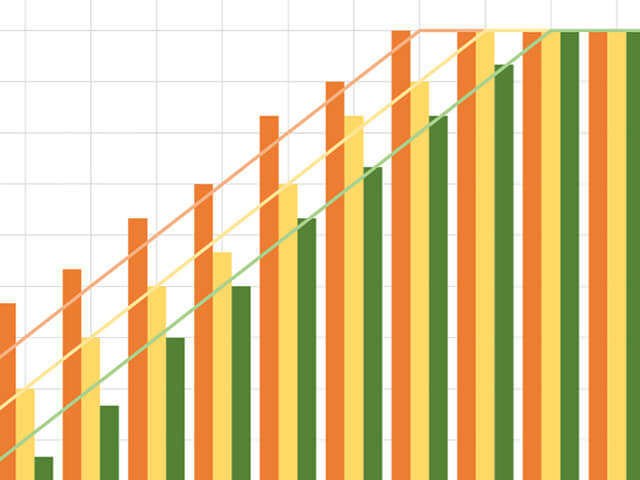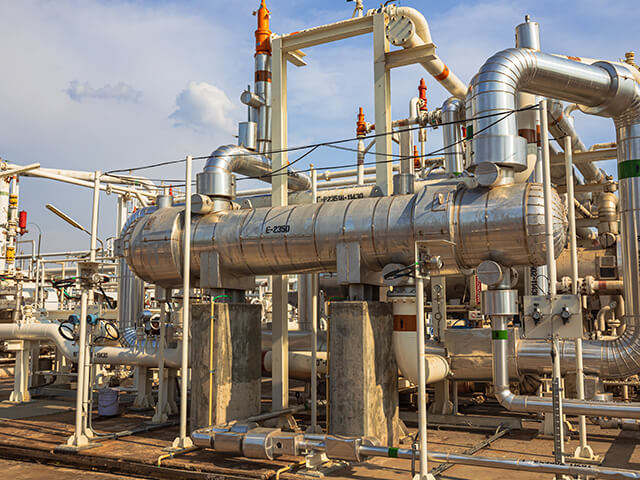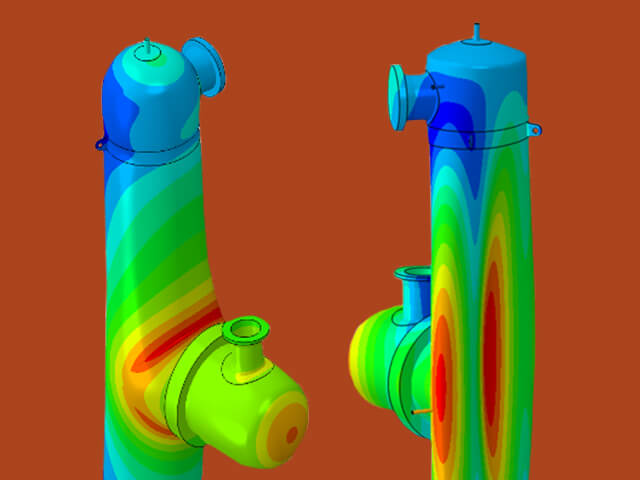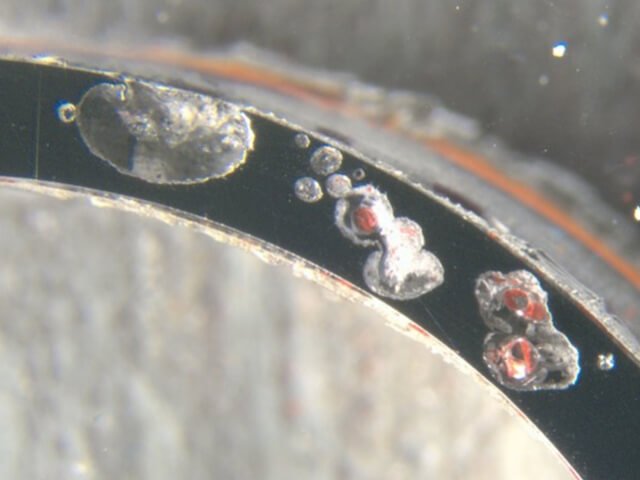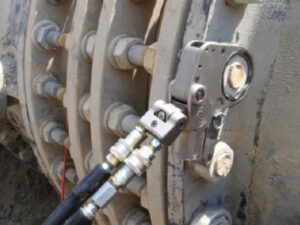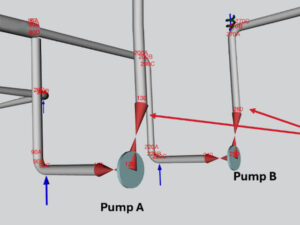
Leveraging Process Simulation for Informed Decision-Making
Process simulation models changes to a process, operations, or pressure relieving systems. Proactively simulating proposed changes at your facility will save money, improve safety process, and increase equipment reliability. In this article, you’ll read how investing in the long-term maintenance of your simulations will lead to better insights into the downstream effects of any changes and help you troubleshoot any process upsets.
